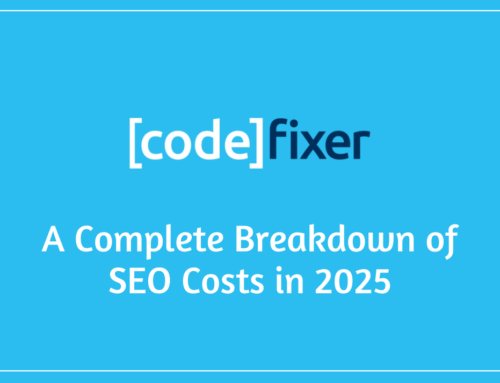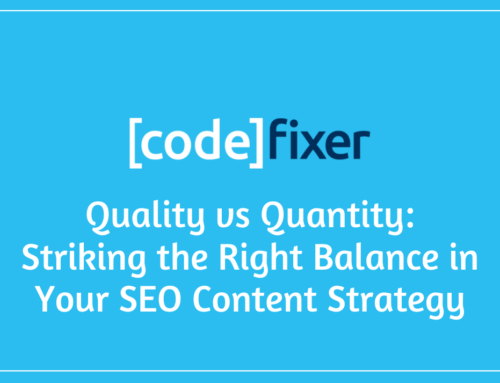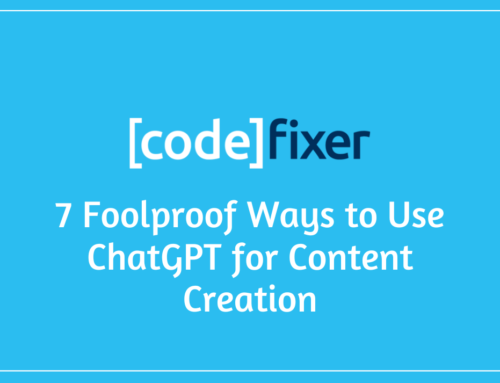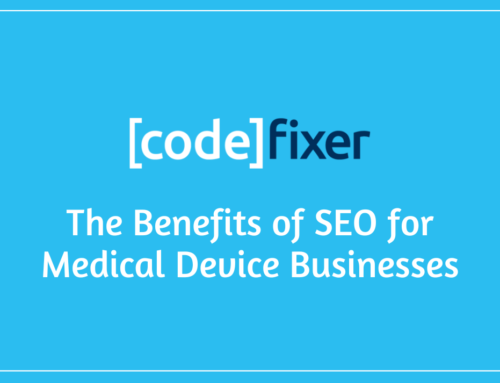First to understand how Google Ads & Search Engine Optimisation (SEO) compliment one another we must first understand the different elements which make up a Search Engine Results Page (SERP).
Below you can see an example of the Google Search Engine Results Page (SERP) for the search query “Google Ads“.
Paid Search Ad
At the top of the SERP we can see a Paid Search Ad. This is indicated by the green [ad] next to the URL. It consists of a few different components that we can see;
- There are 3 headlines. Headline 1 is “Google.com”, headline 2 is “Google Ads is Now” and headline 3 is “Google Ads”
- There is a path. The Path is “/Google/Ads”
- There are 2 descriptions. Description 1 is “Be Found In More Searches and Use Google Ads to Grow Your Business. Promote Your Website.” Description 2 is “Set Your Own Budget. Free Help to Start. Used by 1m+ Businesses. Only Pay for Clicks.”
- There is a Structured Snippet Extension for Services. The services are; “Google Ads, Google Ads for video, Google Display Network”
- There is a Call Extension. The Call Extension number is “0808 167 7509”
- There are Sitelink Extensions. The Sitelinks are for “Pricing, How It Works, Resources & Learning, Tools” Sitelinks allow users to easily navigate to different pages on your site directly from the Ad without having to navigate to the main landing page first.
Organic Result
The second result we find in the SERP is an organic listing. An organic listing is different from an Ad in that we have fewer options when it comes to tailoring the message for the customer and their search query. It also consists of different components;
- There is a page title. The page title is “Google PPC Online Advertising – Google Ads”. PPC stands for Pay Per Click and is named as such due to the way the Google Ads auction system works where you can set a maximum value you are willing to pay per click which is auctioned to the highest bidder for each keyword.
- There is a meta description. The meta description is “Start to advertise online with Google Ads. Get targeted PPC internet marketing … developers: Google Developers Site – Google Ads API (Google Ads API) – Google…”
- There are Sitelinks. The Sitelinks are “Help & Support, How it Works, Pricing, Tools”.
- We may also find a Rich Snippet – Rich Snippets can provide extra information such as; reviews, products, recipes, videos, music, events, people.
Like in many traditional marketing methods there are three main ways of getting publicity; Paid Media, Earned Media & Owned Media.
- Paid Media – Generally relates to advertising. Advertising is a marketing communication that employs an openly sponsored method of reaching your target market to sell a product or service. This can include; Search Advertising, Display Banner Advertising, Social Media Advertising, or Email Marketing
- Earned Media – Earned media relates to publicity generated indirectly and without payment. Generally, this is provided by third parties that are not direct agents of the company and can include; Social Media Recommendations, Online Reviews, Journalistic review, Industry News & Blogs.
- Owned Media – Owned media is media that belongs to the company and from media channels in which the company owns. This can include; Branding, Website, Company Blog, Posts on Company Owned Social Media Profiles.
Which is Right For Me?
To have a strong online marketing strategy we must ensure we have a strong mix of differing methods. We must optimise our Paid, Owned & Earned media to ensure that we have the strongest chance that a customer will see us, and ultimately choose us instead of the competition. The best means of ensuring a strong marketing strategy is by having a strong online presence positioned where customers are most likely to search for you and providing customers with a positive and useful experience throughout the customer journey.
With Google Ads Campaigns you are guaranteed to be seen at the top of Google, however, this is dependant on budget being available on the Google Ads account. Once the budget is gone for the day, so is your place on top of the search results. Using Google Ads you will bid against your competition for clicks. The cost of traffic from Google Ads is dependant on a number of factors; The price you are willing to pay for a click, the price your competition is willing to pay for a click, the quality score of your ad, how competitive the keyword is.
Whilst Google Ads can immediately generate traffic to your website it is not wise to focus solely on a paid marketing method without bolstering your earned and owned media. This is where Search Engine Optimisation comes in.
Search engines use a series of secret, complex mathematical formulae to determine which content should be shown in the SERPs and for which search terms. However, despite the Google algorithm being secret, there are over 250 different ranking factors that we, as SEO’s are familiar with. Search Engine Optimisation is the practice of using techniques to improve the search visibility of a website by attempting to deliver experiences that compliment the algorithms that search engines use to rank content. Search Engine Optimisation works by making subtle changes to a website, improving the experience for customers and search engines alike. This includes elements such as; improving load speed, ensuring websites are well structured, creating engaging content, and providing a secure experience to visitors.
The Benefits of Using SEO & Google Ads Together
- Together, organic and paid search makes up the SERPs
Implementing an SEO strategy alongside your Google Ads campaigns can ensure that you are gaining the most exposure to customers regardless of whether or not your PPC budget has expired for the day. It is also a means to ensure that customers have the highest possible chance to find you online.
- Sharing keyword data
Running Google Ads campaigns and an SEO campaign alongside one another provides us with more data to analyse to determine what is working best. We can use organic search reports to identify keyword opportunities and determining the search terms that have a higher chance of converting.
- Testing content
We can use data collected from our Google Ads campaigns to help us determine what information we want to be showing to our customers. When we notice particular Ads performing better than the rest, we can use the Ad copy to influence how we structure our titles, meta descriptions, and content. This ensures that customers are seeing the information they are wanting to see.
- Competitive advantage
Using SEO & Google Ads together ensures that we have prominence on the SERPs for our target keywords, ahead of our competition. If we are simultaneously running a Google Ads & SEO campaign we can, simply put, have more real estate on the SERPs. This means that customers will have to scroll further to find the competition.
If you need help getting your SEO or Google Ads strategy off the ground we offer comprehensive training packages as well as providing fully managed SEO & Google Ads services.






